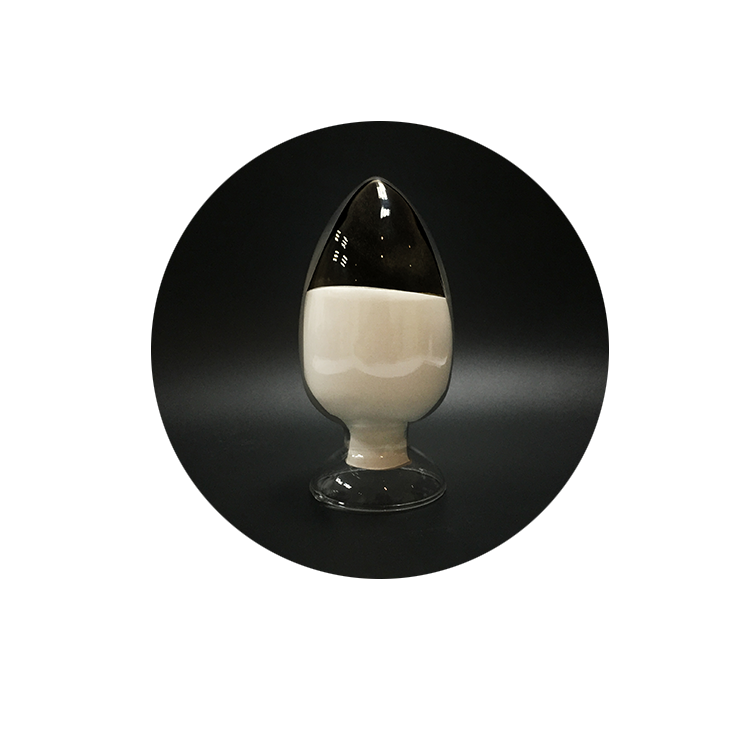Application of Enzyme Preparation in Rice Protein Deep Processing
Rice is one of the main crops grown in the world. In addition to supplying part of people's daily diet, most of them are used for industrial purposes, such as monosodium glutamate fermentation, starch sugar industry, etc. Rice is mainly composed of starch and protein. Among them, starch accounts for about 80% of the total weight of rice, and protein only accounts for about 8% of the total weight. Rice protein is recognized as a high-quality vegetable protein and an important protein source for people's daily diet. It has the characteristics of reasonable amino acid composition and hypoallergenicity, and is very suitable as a nutritional food for infants and special groups.
From an economical point of view, it is not suitable to directly extract protein from rice for deep processing, and rice dregs, a by-product of rice-based organic acids, antibiotic fermentation and starch sugar production, are good raw materials for deep processing of rice protein. Rice dregs is the residue of rice flour liquefied by high temperature amylase and filtered by plate and frame to remove some sugars, in which the protein content is more than 40%, retaining most of the protein in the rice, and the protein extracted directly from the rice. have almost the same nutritional value.
Through the degradation and modification of rice protein by enzymes, it becomes a soluble peptide and is extracted, so that rice dregs protein can be deeply developed and utilized, and it can be used in the nutritional and health food industry or the pharmaceutical industry, further improving the rice protein. Comprehensive utilization value.
1. Application of rice residue enzymatic sugar removal and proteolysis
In addition to the main component protein, the total sugar content in rice dregs exceeds 30%. These residual sugars in rice dregs have been liquefied by high-temperature amylase during the production of rice dregs, and there is little native starch, but more degraded dextrins and oligosaccharides. Therefore, the saccharides can be treated with α-amylase and saccharification enzymes first, thereby increasing the content of raw material protein, which is more conducive to the hydrolysis of protein in the subsequent process.
The rice protein obtained after enzymatic sugar removal is insoluble in water, and it needs to be further modified by enzymatic hydrolysis before it can be widely used in food production. The protease method is mainly used for the deep hydrolysis of rice protein after sugar removal. Usually, alkaline protease, neutral protease, acid protease, papain, etc. all have good effect on the hydrolysis of such proteins. It is usually more economical to use several proteases in combination.
2. Rice dregs proteolysis preparation process
Rice dregs pulverization - pulping and heating - enzymatic sugar removal - centrifugation to remove sugar - washing - pulping and heating - adding protease for deep reaction - enzyme killing - centrifugation to collect supernatant - concentration and drying.
The enzyme products of the enzyme preparation series are special hydrolase for plant protein developed according to the characteristics of plant raw material protein and different processing treatments. It can hydrolyze rice protein into polypeptides and amino acids, reduce protein molecular weight, and thoroughly hydrolyze, thereby improving its solubility. , emulsification and foaming properties, improve nutritional value, and further expand the application field of rice protein.


